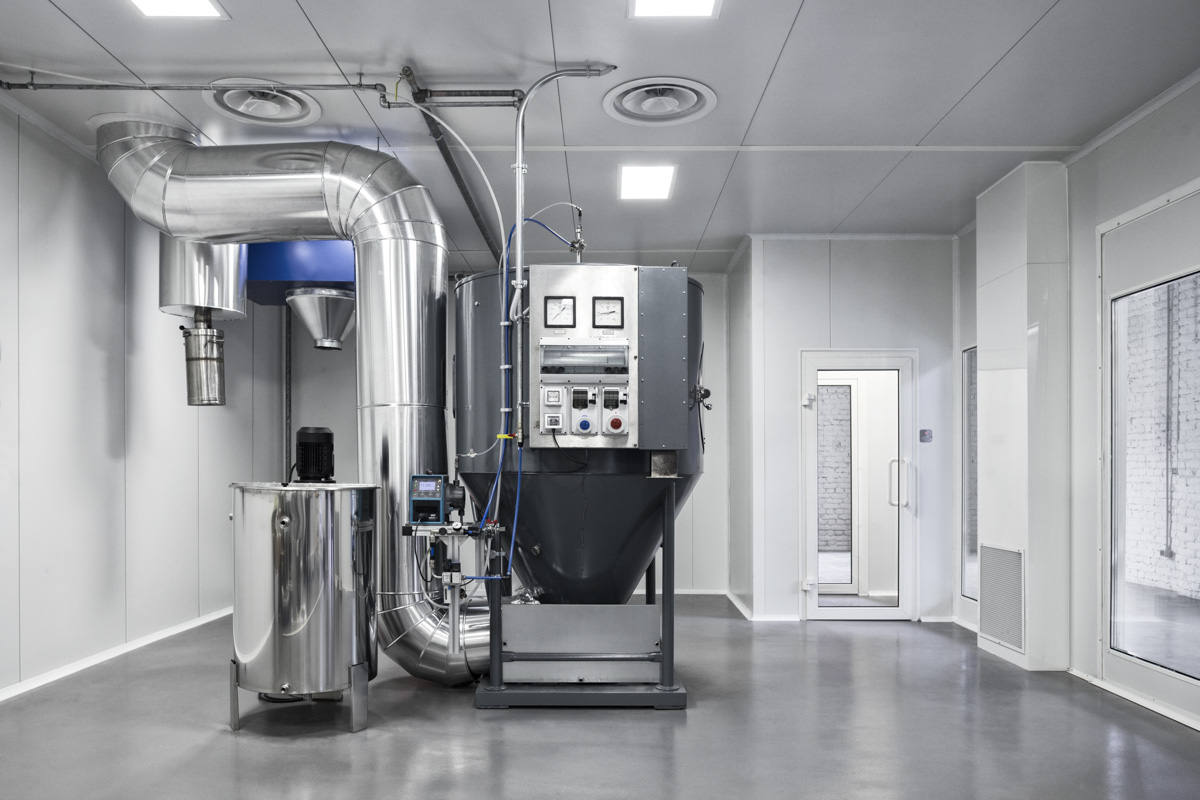


The bio-based PLA (Polylactic Acid) filament enhanced with G+® Graphene Plus, Grafylon® G+® thanks to its properties of mechanical improvements and biocompatibility, founds applications in medical devices. The addition of graphene nanoplatelets to PLA filaments allows the creation of 3D-printed devices that can be sterilized by near-infrared light exposure at power density analog to sunlight. This method has been used to kill SARS-CoV-2 viral particles on the surface of 3D printed PLA-G by 3 minutes of exposure. The research of the Synthetic Biology and Biotechnology Unit (SynBio) from the University of Padua discovered that Grafylon® G+® (PLA G+®) is biocompatible, does not cause cell death, and does not alter cell proliferation (it has no potential tumor effects).
The field of application is regenerative medicine.